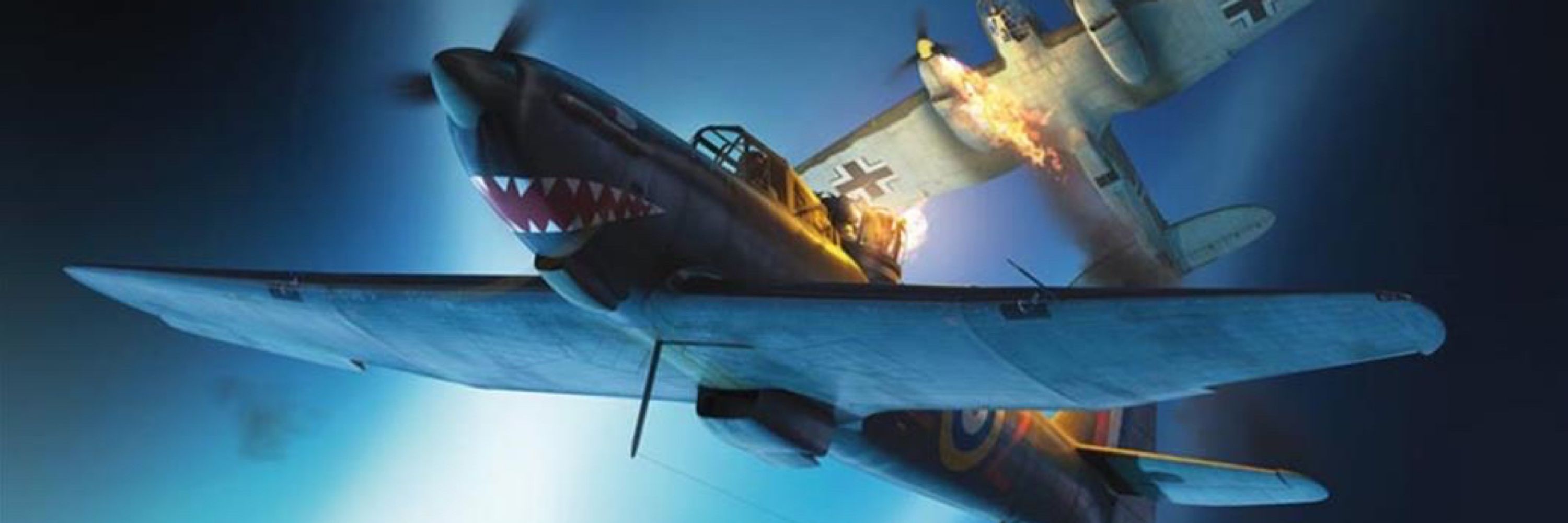

@justin-br0nk.bsky.social @smoorebofb1940.bsky.social @airpowerhistory.bsky.social @airminded.org @mike-bechthold.bsky.social @alanallport.bsky.social @cedricmas.bsky.social

@justin-br0nk.bsky.social @smoorebofb1940.bsky.social @airpowerhistory.bsky.social @airminded.org @mike-bechthold.bsky.social @alanallport.bsky.social @cedricmas.bsky.social

The why, how and results of the raid.
open.substack.com/pub/jerijero...

The why, how and results of the raid.
open.substack.com/pub/jerijero...
Join us for this and other news headlines on @newsofthewar.bsky.social 23 May 1942
linktr.ee/NewsOfTheWar x.com/newsofthewar/s…
Join us for this and other news headlines on @newsofthewar.bsky.social 23 May 1942
linktr.ee/NewsOfTheWar x.com/newsofthewar/s…
Photo by Bill Ray, Life Magazine.
#history #coldwar #vietnamwar #navy

Photo by Bill Ray, Life Magazine.
#history #coldwar #vietnamwar #navy

RF-101C 56-0166 was one of the aircraft that set the records and now resides in the US Air Force Museum in Dayton, OH.


RF-101C 56-0166 was one of the aircraft that set the records and now resides in the US Air Force Museum in Dayton, OH.

📷 militarymatters.online
🧵1/6

📷 militarymatters.online
🧵1/6
jerijerod14.substack.com/p/ace-killing
#history #navalhistory #uboat #ww2

jerijerod14.substack.com/p/ace-killing
#history #navalhistory #uboat #ww2
Full film: IWM JIN 27 / www.iwm.org.uk/collections/...
Full film: IWM JIN 27 / www.iwm.org.uk/collections/...
open.substack.com/pub/jerijero...

open.substack.com/pub/jerijero...
@rjhammond215.bsky.social @marcusfaulkner.bsky.social
@ima-naval-history.bsky.social

@rjhammond215.bsky.social @marcusfaulkner.bsky.social
@ima-naval-history.bsky.social




The story of one Polish destroyer’s defence of the Isle of Wight against a brutal low level Luftwaffe strike during #ww2
podcasts.apple.com/gb/podcast/m...

The story of one Polish destroyer’s defence of the Isle of Wight against a brutal low level Luftwaffe strike during #ww2
podcasts.apple.com/gb/podcast/m...
Full recording: IWM 7697 www.iwm.org.uk/collections/...
Full recording: IWM 7697 www.iwm.org.uk/collections/...
youtu.be/aygD9K8aJ_E

youtu.be/aygD9K8aJ_E



![BURTON-ON-TRENT,
Tuesday.
THE death-roll [sic] in the R.A.F. depot explosion near here yesterday is expected to exceed 160. Tonight more than 100 men were estimated to be buried in the ammunition store, from which 23 bodies have been recovered. Thirty-one bodies remain under the wreckage of a plaster works nearby. Rescue parties worked through last night and today, often in extreme difficulties. Many deaths were caused by gas and some of the rescuers could work only for two-minute spells, although equipped with respirators. The casualties include Service men, civilians and Italian collaborators. A village near the scene of the main explosion, and the open country above the depot, today looked as if it had been pattern-bombed. Great craters are everywhere, and the face of the countryside over an area of several square miles has been completely changed. Buried under mud. There were two explosions in different parts of the depot. The first was in a gallery which, with the administration buildings above it, was wrecked. The other was at a bomb dump 70ft. underground. Between 50 and 60 men were at work at the site of the first explosion, but some escaped by an air shaft.
Mr. Charles Gibbs was one of those unhurt. Man after man he carried to safety on his back, and he gave in only when he collapsed through being gassed; he was himself carried home by R.A.F. men.
Blast wrecked a reservoir and an avalanche of mud swept through and over the administration offices. Men are believed to be buried under the mud. At the bomb dump there were at least 75 men at work.
Farm disappears. Two farms near the dump were among the wrecked buildings. One has practically disappeared into a crater 100 yards deep and 300 yards wide. There is no trace of a farmer and his wife and three farm hands. At intervals throughout today there have been minor explosions, attributed to the bursting of incendiary bombs...
IBCC Digital Archive item 22086](https://cdn.bsky.app/img/feed_thumbnail/plain/did:plc:4erpxugucrawinvqvaj7o3sq/bafkreif32ud66m362ejuqv2cqfyf4j3vjpjhzj3oin62sqxeehtp42y2by@jpeg)

